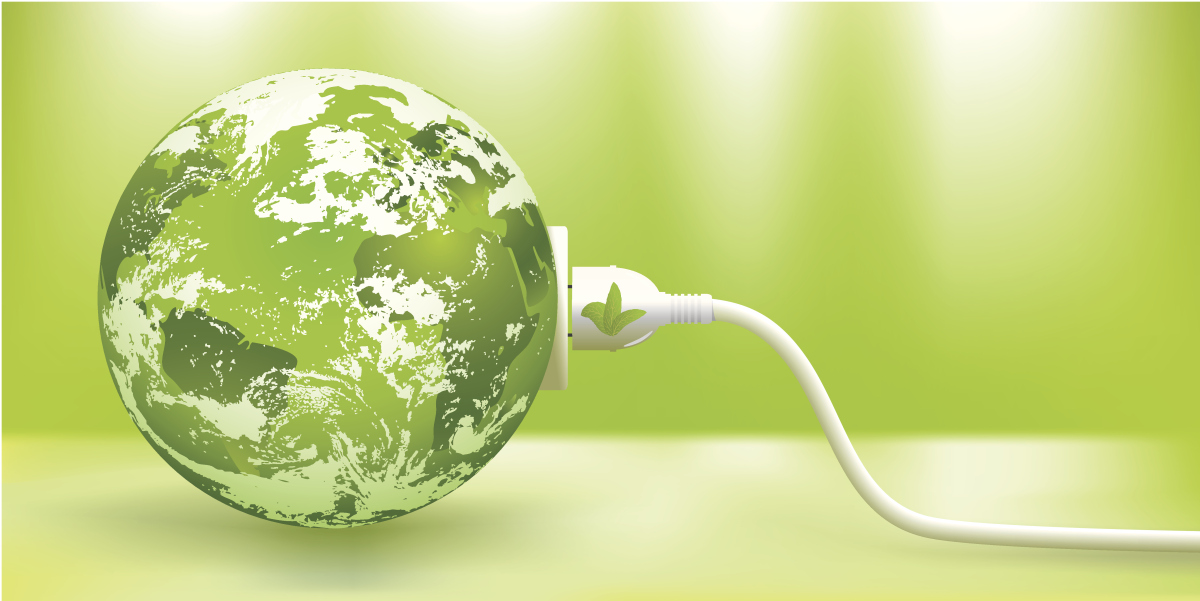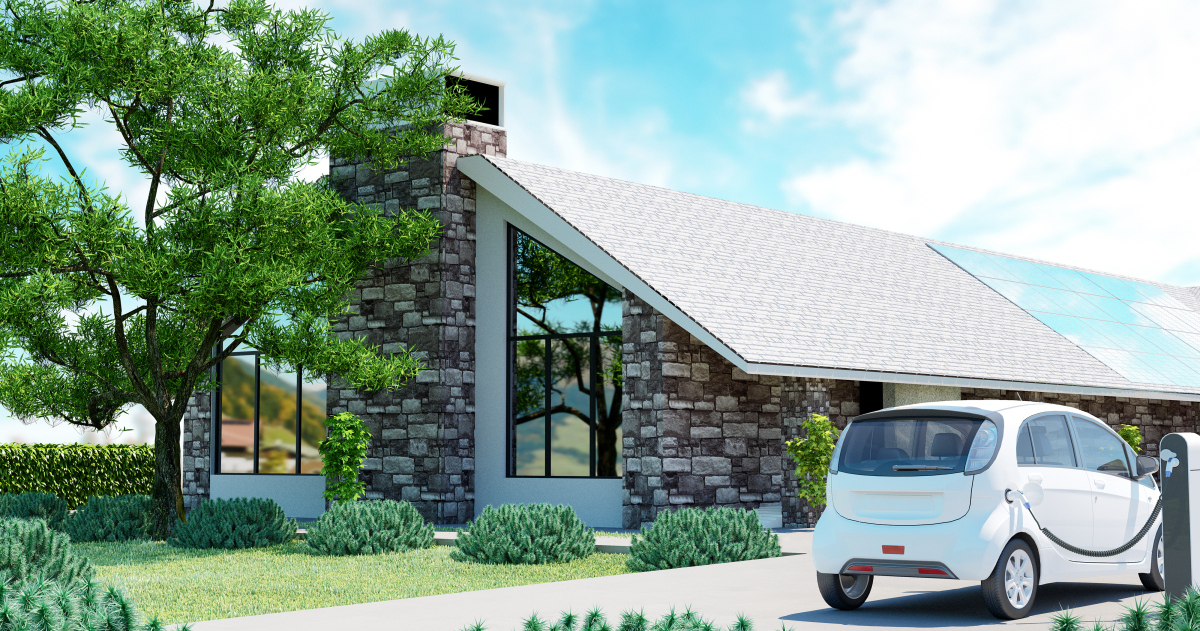As the biggest NdPr producer outside China, Lynas Rare Earths Ltd. produces rare earth concentrate and oxides in Mt Weld in Western Australia and Lynas Advanced Materials Plant in Kuantan, Malaysia respectively. Lynas Rare Earths signed an MOU with Blue Line Corporation in May 2019 and aimed at setting up a new heavy rare earth separation facility in Hondo, Texas. In July 2020, they signed a contract with the U.S. Department of Defence (DoD).
Asian Metal: Thanks for accepting the interview, Pol. Please share the lastest progress of Mt.Weld project first.
Pol: We are excited to have completed a 1km deep exploration drillhole into fresh carbonate below the current Mt Weld open pitmine. This is the first time we have drilled to this depth. The Mt Weld ore body is recognized as one of the richest known rare earth deposits with a mininglift of 25-plus years and expanding our knowledge of the ore body will help us plan for future expansion. Two vertical holes were drilled in September and October 2020 to supply water for processing operations and to promote wall stability for future mining programs. One of the holes included 149 meters of 2.2 per cent rare earth oxides (REO) in carbonatite from 52 meters to 201meters, and the other included 61 meters at 2.7 per cent REO in carbonatite from 17 meters to 78 meters.
Asian Metal: How about the operation rate of Lynas in 2021? What about the project progress in the United States?
Pol: Malaysia has faced a very serious COVID situation from this March to September. To cope with the pandemic, the government puts in place several very strict measures among them, limiting the maximum number of staff working in a factory (at some stage down to 40% of normal workforce). The Lynas team has responded in a very impressive way, putting in place systematic testing for all employees and partnering with the Malaysian government to provide vaccines to all. Ultimately, we were able to maintain our production at around 75% of name plate capacity in FY21, securing supply with no disruption to all of our contracted customers, without much change YoY. We are looking forward to this situation to ease so that we can soon return to our maximum production capacity and grow it further as demand for RE grows very rapidly. With regard to projects in the US, We’ve been granted 2 contracts with the US, for the construction of a light rare earth separation facility and for phase one of a heavy rare earths separation facility. These projects are at the planning and site studies phase.
Asian Metal: PrNd oxide prices showed strong trend in general over the past months of 2021, except for dropping prices in Q2. Current mainstream prices stand at USD141-143/kg at present. How do you think about the price trends in 2022?
Pol: The demand for PrNd has grown very strongly in 2021. Based on our discussion with our customers, we expect this trend to continue next year. All main producers including Lynas need to continue investing in order to follow this growth. Lynas has a strong balance sheet and the 2021 average prices will also help to finance the necessary investments for capacity increases.
Asian Metal: What is your opinion about PrNd oxide demand outlook in the coming 3-5 years?
Pol: Each million units of EV (BEV+PHEV) consumes about 600 tons of PrNd oxide. If EV penetration rate in Y2025 is 20% (conservative estimation), PrNd demand for EV shall then be over 10k tons.In case of wind sector, each GW of offshore wind turbine consumes about 300 tons of PrNd oxide. GWEC estimates 24GW of new installation of offshore wind in Y2025, which would then represent around 7kt of NdPr oxide, not considering that some onshore wind turbines (90GW new installation predicted in 2025) also used NdFeB magnets. Besides these 2 major NdFeB market segments, other applications will continue to grow including automation, machineries and home appliances. All in all, it is our understanding, shared by most players of the industry including magnet buyers, that the NdFeBmarket will continue growing very fast in the next several years, which will result in climbing demand in PrNd oxide market. Our vision is that the demand for fresh PrNd will continue growing strongly over the next 3 to 5 years after which end of life magnet recycling will start to slow down this growth. Hence, it is essential to support the market growth now by quickly increasing our supply and being ready to add recycling to our current business position from 2025.
Asian Metal: Some Japanese automobile manufacturers halted or reduced productions in Q2 and Q3 of 2021, do you think this will depress PrNd oxide demand in the coming two years?
Pol: It is true that the semi-conductors shortage has limited the global automotive production. Many supply chains across the world faced and continue facing shortage or even supply disruptions. The semi-conductors shortage is one of those which has been highlighted as impacting a multitude of industries including the automotive industry. In September this year, Goldman Sachs reduced their estimation of number of cars globally produced in 2021, from 83M to 75M. This mainly reflects the supply disruptions mentioned earlier, electronic components shortage being one of the major issue faced by the industry. However, when you replace an internal combustion engine with a permanent magnet electric motor, you create a new demand for NdPr. This is what happened in 2021, the EV segment is generating the biggest demand growth for automotive. Of course the future is always unpredictable but the semi-conductors shortage will not last for ever, and we expect some segments which have not grown as much as usual in 2021 will rebound, including off shorewind turbines and standard cars.
Asian Metal: What’ s your opinion aboutthe development prospect of electric vehicle in the coming five years?
Pol: It is difficult to rely on EV production in the past few years to evaluate its future growth potential since EV production was very limited prior to 2020. In 2020, the EV global production was 3.2M. In the 1st half of 2021, it was 2.7M, with an estimation of 5M for the full year, representing a growth close to 60%. China and EU were so far the main markets for EV but US and Korea are now joining this new trend. I believe that people around the world are more and more conscious about the necessity to curb GHG emissions for which electric car development is a key contributor. Governments all over the world are pushing in this direction. Besides, I feel like through this constrained “COVID” life, we have learned to appreciate living more locally, i.e the need for a big car with long distance autonomy appears less appealing. All thest factors benefit electric cars.
Asian Metal: Some participants predict that more and more consumers would substitute SmCo magnetor ferrite for NdFeB magnet due to increasing NdFeB magnet prices. What’s your opinion about this?
Pol: In my opinion, some end users of low performance NdFeB magnet may substitute SmCo magnet or ferrite for NdFeBmagnet. But I don’t think consumers from NdFeB magnet major application fields, such as EV industry, will do this. Consumers from EV industry concern more about sustainable supply rather than prices.
Asian Metal: Thanks for your excellent sharing! Wish you every success in your business.
Pol: Thank you.
Source: https://www.asianmetal.cn/metal_cron/2022/index_lunshi_polleroux.shtml

 English
English


